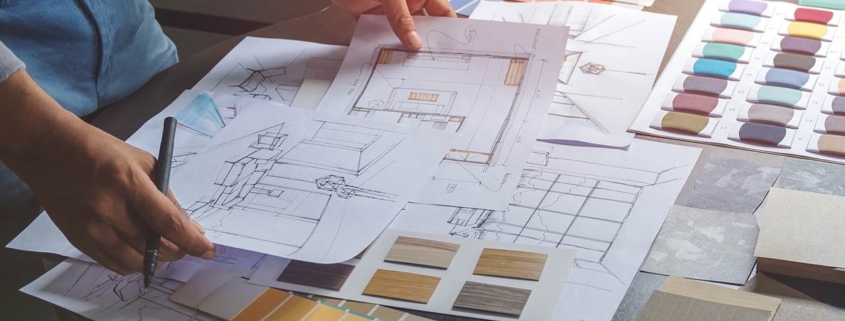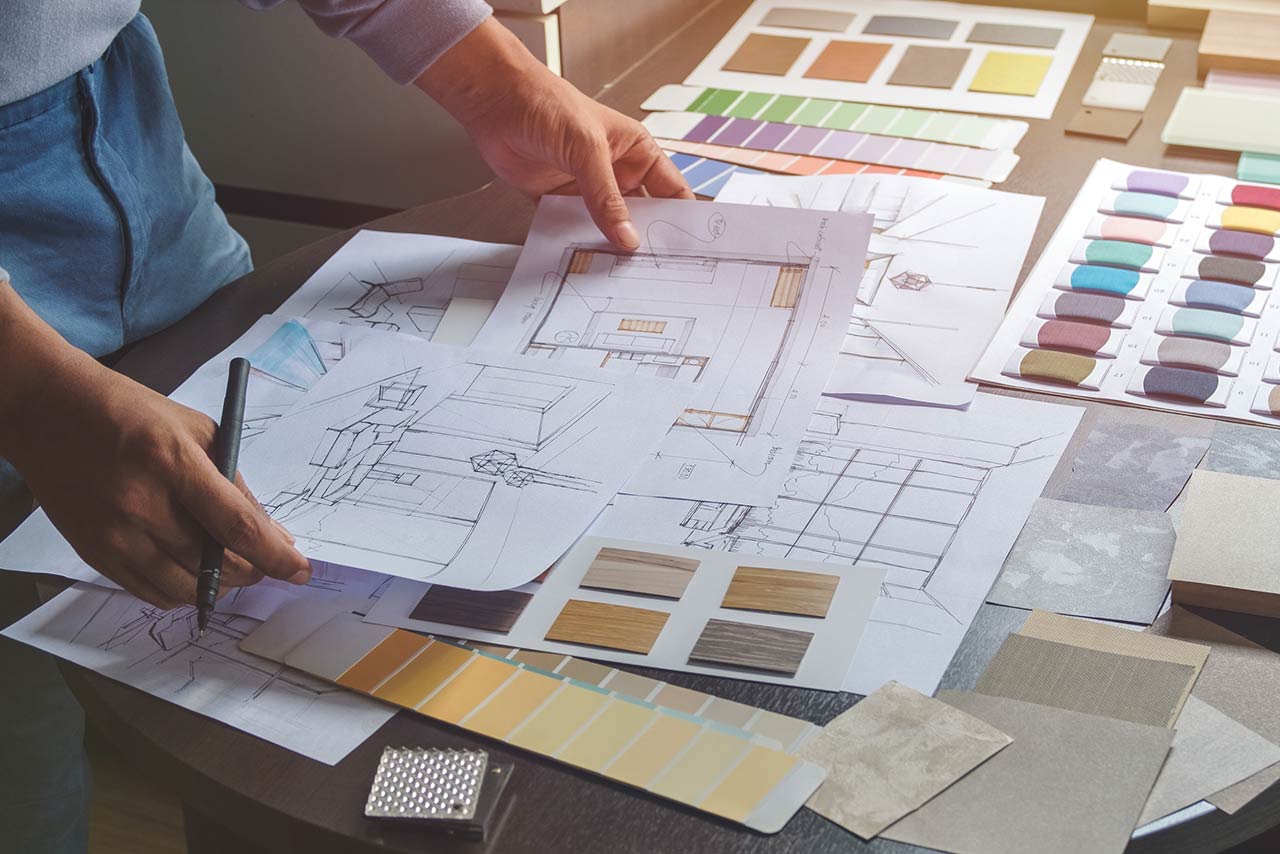6 Christmas Tree Decorating Ideas For The Holiday Season

The holidays are typically marked with all sorts of festive decorations, but perhaps none is more prominent and attention-grabbing than a Christmas Tree. When it comes to decorating your tree, you don’t necessarily have to break out the same old decorations year after year.
To change things up this year, try any one of the following Christmas tree decorating ideas.
1. Spray Paint the Tree
You’ve probably seen cotton candy-blue or bubblegum-pink trees in storefront windows or mall corridors. If you think a brightly colored tree is something that would fare well in your home this holiday season, all you need is a can of spray paint to make it happen. Rather than searching far and wide for that perfectly-hued tree, it’s a lot easier to create your own with a simple can of spray paint from your local hardware store.
Paint the entire tree in full, or go a little more subdued by spraying just the tips of the branches. Just make sure to use a non-toxic paint (especially if you’ve got children or pets running around), and don’t start decorating until the paint has thoroughly dried.
2. Match the Theme of the Room
When choosing a color scheme for your tree, consider blending it in with the rest of the room that it’s in. If you’ve got steel blue and burnt orange throw pillows and accents in your living room, add these same colors to the tree. Likewise, if gold and silver tableware is scattered on your dining room table, these same metallics can be incorporated on your tree to create a sophisticated statement piece that could literally stick around in your space all year long.
3. Match the Gifts Beneath
You can shift gears with the matching strategy and make your tree’s decor follow the same color theme as the presents tucked underneath. If you’re doing all the gift-wrapping this year, consider using paper and all the trimmings in a specific color theme that can be extended to the tree itself. By using the same festive ribbons and bows on both the gifts and the tree itself, you can create a cohesive and uniform look throughout your space.
4. Light the Tree With Faux Candles
When Christmas trees started to become popular in the 1800s, people didn’t have the convenience of plug-in light strings. Instead, they placed lit candles on the trees to light them up. Of course, this is hazardous to do indoors, but you can mimic the look of the traditional tree by placing battery-operated candles all over it to capture the essence of Christmas past.
5. Group Small Ornaments Together
To add some visual interest to your Christmas tree, gather all those small ornaments of similar size, shape, and color and group them into clusters. Pin them deep inside the branches as well as on the tips to create some depth to the tree’s decor. These bundles of ornaments will look more grandiose compared to leaving them on their own.
6. Store Your Candy on the Tree
Christmas is definitely a time of presents and eggnog, but it’s also a time for festive candy. All those candy canes and candy corns that you collect over the holidays don’t have to be stored away or left on table tops. Instead, you can use them as decorations for your tree. Candy has a unique playful and fanciful effect on trees, and if that’s the look you’re going for, don’t hesitate to use them as part of your overall decorating theme.
The Bottom Line
There really aren’t any restrictions when it comes to how you choose to decorate your Christmas tree this year. Whether you’re looking for something more traditional, subdued, vibrant, unique, eclectic, or whimsical, the options are seemingly endless when you put your imagination and creativity into it. Try any one of the above Christmas tree decorating ideas to create something different this year.



















